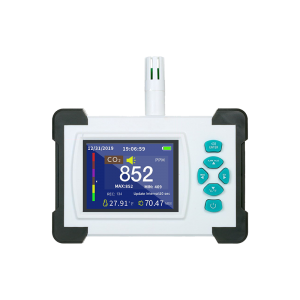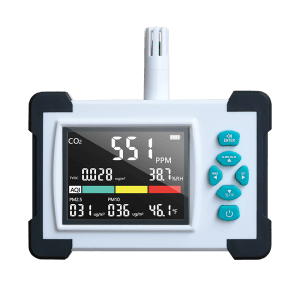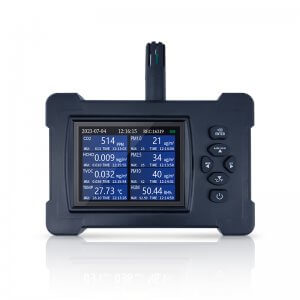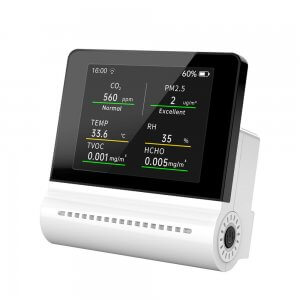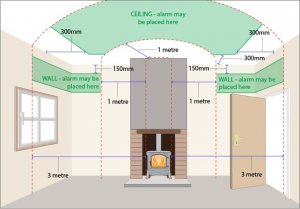We come across it daily but often don’t know where the dust comes from. It can be found on furniture, the floor, or any unusual object. Dust is part of everyone’s daily life. And yet, we often don’t know where these fine particles come from.
Want to put an end to allergies and dirt? Then, better learn the source of the dust and how it is formed so you can better combat it.
Ah, the household dust…it makes us cough, sneeze, and scratch our eyes!. But more importantly, it took our time over the weekend to get cleaned. Without a doubt: Dust is the number one enemy for all clean-scrabble junkies.
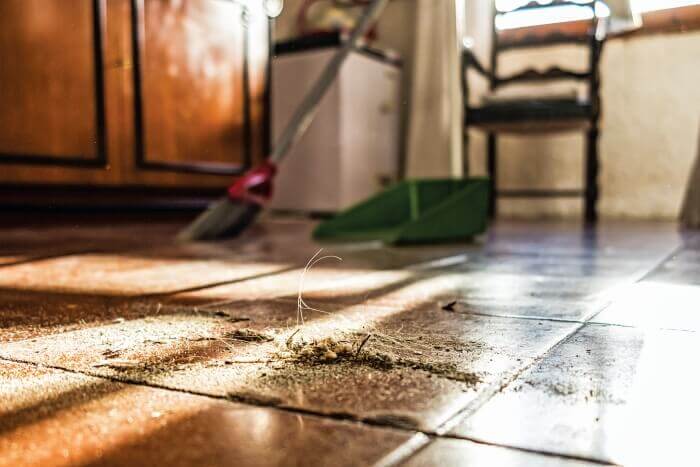
How is the dust formed?
Where does that fucking dust come from? Knowing that could go a long way to helping us clean our kitchens, for instance, or maybe even allowing us to effectively vacuum our homes to ensure better sanitation. Where does the dust then come from? It is an exquisite mix of pollen, paper fibers, fibers from carpets and upholstery, fragments of insects, microscopic fungi, human hairs and strands, dead cells from human skin, and pollutants, as well as soil and airborne particles in the air blown from outside. Even meteorite dust has also been found!
The dust can in some places include lead, arsenic, and other potentially harmful substances that migrate indoors from the outside air and the ground. But then, how does dust come about, which is pushing us to take out our vacuums? Well, that is thanks to static. When we brush, our hair is charged up with static: Our hair falls down and attracts other microscopic particles, which are charged up with static electricity, too. This is how the dust is formed.
Where does the dust come from?
TV and computer screens attract dust! When devices are powered on, the outside side of the screen is positively charged. The dust particles, which are “negative”, are settled onto the screen. The device shuts down, and the screen charges are gone, but the dust is still there! If we are dealing with the black dust covering our furniture, it may be coming from a nearby factory.
Dust, combined with humidity, promotes the proliferation of dust mites. However, these small parasites cause skin irritation and respiratory problems in some people. In addition to dust mites, some airborne dust carries dangerous chemicals: asbestos, mold, bacteria, etc.
Many people are allergic to dust mites, those microscopic beasts that love beds, carpets, and carpeting. Or, more specifically, their droppings, which benefit from the circulation of hot air, especially when vacuuming.
In fact, if there are many particles of dust suspended in the air, which leads to a color gradient. That is how you watch the beautiful sunset. without them, our Earth would not look quite the same today.
If you are very concerned about the effects of household dust on the health of your whole family, you might consider using a dust particle sensor to monitor the air quality in real time.
Related: get to know the effects of dust on the lungs.
What you can do to improve the situation:
- Dust at least once a week, if possible using microfiber cloths which absorb more dirt than conventional fabrics;
- Also, vacuum at least once a week;
- Wash surfaces to remove particles that have escaped dusting as well as damp places such as the bathroom;
- Clean the oven regularly;
- Wash bedding (sheets, pillowcases, blankets, and bedspreads), to get rid of dust mites;
- Leave your shoes at the entrance of the house, this will allow you to introduce less dust inside;
- Have the ventilation and heating ducts inspected and cleaned.
- Change or wash the filters of air purifiers, air conditioners, and air exchangers periodically, ideally in the spring and fall.
If necessary, some adjustments can also be effective:
Improve the sealing of doors and windows to reduce the infiltration of dust from the outside;
Limit the number of carpets (which retain dust) in favor of smooth materials such as wood or ceramic;

